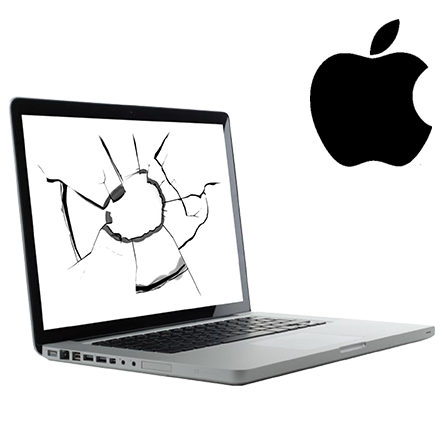

Using a USB-C to HDMI adapter or cable, Apple says you can connect your iPhone 15 to an HDMI display or TV that supports 4K resolution and 60Hz. iPhone equalizes the frame rate and dynamic range of the currently playing content when you enable Allow display mode changes. You can switch between SDR and HDR modes by going to Settings > Display & Brightness and selecting your connected display. Additionally, the iPhone 15 also supports USB-C connected HDR displays. With a compatible cable, each iPhone 15 supports USB-C connections with up to 4K resolution and a 60Hz refresh rate. Apple's Studio Display is a great companion to Macs and iPads thanks to its excellent camera, fantastic speaker setup and gorgeous 27-inch 5K screen. The cable included with all iPhone 15 models only supports USB 2, but you can purchase a USB 3.1 cable separately. To connect your iPhone 15 to a high-resolution display, Apple says you need to use a USB-C cable that supports USB 3.1 or higher. The USB-C port on every iPhone 15 model uses the DisplayPort protocol to support USB-C displays. “You can connect your iPhone to external displays via the USB-C port to view videos, photos and more on a larger screen,” explains Apple.
#Apple secondary display how to
The support document explains how to get iPhone 15 to connect to external displays. In a new support document, Apple also explains that you can also connect external displays using the iPhone 15’s USB-C port.Īs shared by Aaron on TwitterApple has released a new support document with details about the iPhone 15’s new USB-C port. Apple said that a newer 2017 monitor that is not dirt cheap is “supposed to work”.The iPhone 15’s new USB-C port opens up a range of new features, including the ability to charge other accessories like AirPods and Apple Watch.
#Apple secondary display pro
Philips told me it is up to Apple to decide what software updates they perform and they have nothing to do with that.īoth tell me that basically there is no way for me to tell which monitor would actually work with my MacBook Pro in case I would actually purchase a new one.

I did read somewhere that someone got it to work using Apple's USB-C Digital AV Multiport Adapter, however I am not sure whether I am willing to spend € 79 on an adapter to simply get my external monitor working with my MacBook Pro … while I have two adapters sitting there which used to work fine.Īnd then I still do not even know for sure whether it will actually work with my monitor …Īpple told me to try and sell my monitor and buy a new one. Has anyone who had the same problem for example gotten any success using a USB-C to HDMI adapter instead of a USB-C to DisplayPort adapter? I do not even have a clue on how to begin that process, nor would I prefer not to lose any data again (I do not have an additional external drive).ĭoes anybody know of another solution? Because it is not really a possibility to just keep using an old OS. So even if it is possible, if something happens and I screw things up, then I am at fault I suppose. I called my local Apple's technical support number, and I was told that I am not able to downgrade because it was shipped with it. Since using this new MacBook Pro with High Sierra on it, it simply acts as if my external monitor does not exist.ĭoes someone have any clue on what to do? Little tricks such as trying all USB-C ports, rebooting and reconnecting everything and booting in safe mode are to no use. I know for sure that the adapter works properly, as I have two of them which both worked before. Normally it automatically detects a source and switches to that mode, but I also tried manually switching to DisplayPort as an input, after which I immediately receive the message of no signal being found. The external monitor does not show up in the "display" section, and when connected and turned on simply goes to sleep. Since the "update" to High Sierra (which I cannot revert, since it shipped with this OS X), my MacBook Pro 15" (2017) does not recognize my external monitor anymore using the exact same method I used before ( USB-C to DisplayPort adapter). This one shipped with High Sierra, and is now running version 10.13. Eventually, my 2016 model got replaced by a brand-new 2017 model. The MacBook Pro was running Sierra as operating system, and it recognized the external monitor.Īfter I went through a bit of technical problems, however. It was a USB-C to DisplayPort adapter, after which I used a DisplayPort cable to connect it to my external UHD monitor (Philips Brilliance 288P). I purchased an adapter so I could connect it to my external monitor (which functions perfectly). A bit ago I purchased myself a MacBook Pro 15" (2016).


 0 kommentar(er)
0 kommentar(er)
